
Selling charity merchandise can be a powerful way to raise money while making a positive impact on your community. Follow the strategies in this guide to ensure your organization is selling appropriate merchandise (from chocolate bars to school spirit wear) and that your sales are successful. By leveraging the power of a free online store and social media, you can reach a wider audience and sell more than you ever expected!
Follow this complete sales guide to create a successful charity merchandise program.

What We’ll Cover
- The Benefits of Online Sales Fundraising
- Traditional Sales Fundraisers: Not to be Overlooked
- How to Choose the Best Products for Your Sales Fundraiser
- Best Selling Items for Fundraising
- Types of Sales Programs
- Set Sales Fundraising Goals
- Market Your Sales Items
- Run Your Sales Fundraiser Online with DoJiggy
- Pro Tips for Maximizing Your Sales Fundraiser’s Success
- Last Thoughts on Sales Fundraising
The Benefits of Online Sales Fundraising
The digital age has transformed the way nonprofits operate, especially when it comes to fundraising. One of the most potent tools in the arsenal of today’s nonprofits is an online store for custom merchandise sales. Online stores provide several benefits for nonprofits:
- Wider Reach: An eCommerce store allows nonprofit organizations to tap into a global audience, eliminating the barriers of geography.
- 24/7 Fundraising: Physical fundraisers are time-bound. In contrast, an online store keeps your fundraiser alive round the clock, ensuring you don’t miss out on potential donors across different time zones.
- Cost-Effective: Without the need for physical logistics and overhead, online sales fundraisers can often raise more essential funds.
- Real-time Analytics: Online stores provide valuable data. Understand your audience’s buying behaviors and tweak your strategies for better results.
Traditional Sales Fundraisers: Not to be Overlooked
While online stores have become the mainstay, traditional sales fundraisers have their unique charm and benefits:
- Personal Touch: Interacting face-to-face, understanding donors’ motivations, and thanking them in person often fosters deeper connections.
- Immediate Feedback: Instant reactions can help in improvising on the spot.
- Physical Examination: Some products need to be seen and felt to be truly appreciated.
- Quick Decision: Candy bars, lollipops and small food items are best sold in person. Get your supporters at a game half-time or in the lunchroom at work for quick buying decisions.
How to Choose the Best Products for Your Sales Fundraiser
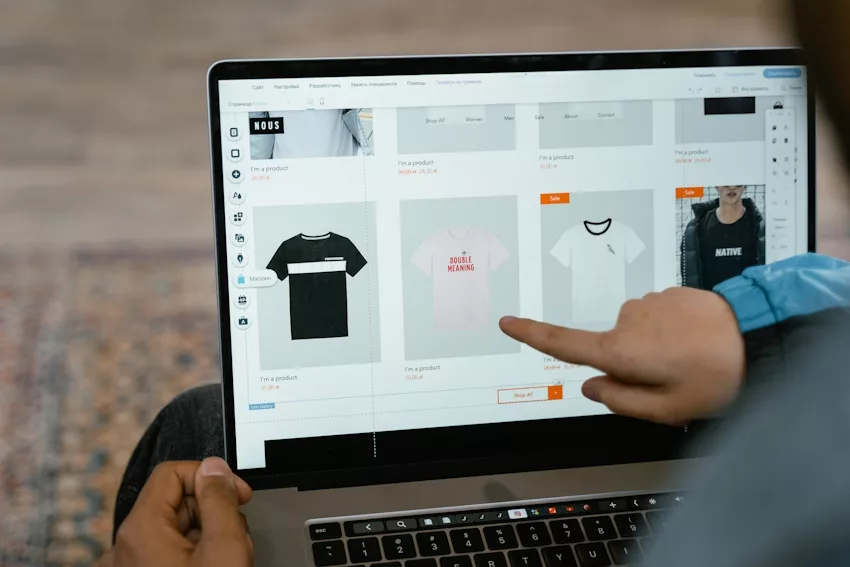
So you’ve decided to host a sales fundraiser, but what do you want to sell? The product or products your group chooses can make or break your fundraising efforts. Here’s a step-by-step guide to ensure your item selection resonates with your audience.
- Align with Your Cause: The product should be a reflection of your mission. For example, if you’re an environmental nonprofit, eco-friendly products would be a hit.
- Know Your Audience: Understand your donors. Are they young, tech-savvy individuals or older, more traditional supporters? Choose products that cater to their preferences.
- Select Quality Over Quantity: It’s tempting to offer a wide range, but it’s crucial that each product maintains a standard of quality. Brand names, organics, and rare or artisan items may bring in more orders. Some catalog companies offer free samples or examples at reduced prices so that you can try out the wares. A happy donor might spread the word, boosting your sales.
- Check out the Competition: Analyze what similar organizations are offering. Identify the gap and fill it.
- Test and Learn: Initially, offer a limited range of items for sale. Gauge the response and then expand your product line.
- Ensure Easy Delivery. Some companies can offer delivery to multiple addresses or orders sorted by each seller. Be sure to nail delivery logistics before you start selling.
- High-Profit Margins: Many fundraising catalog companies will display profit margins. Be sure you understand how much profit your organization will receive for each item sold to avoid any surprises.
Best Selling Items for Fundraising
Selecting the right items to sell can significantly boost the success of your sales fundraiser. While the variety of products you can offer is vast, these items have consistently proven to be crowd-pleasers.
Here are the 15 best items for sales fundraising.

Custom-Designed Apparel
If you have a youthful audience, consider selling custom-designed apparel, offering both style and a statement. Wearable items related to your cause turn your supporters into walking billboards, spreading awareness wherever they go.

Other Custom Branded Items
Beyond apparel, items like customized mugs, tote bags, and keychains can serve as daily reminders of your cause, ensuring your organization remains top-of-mind for your supporters. They also make great gifts.

Coffee Beans
Many people can’t live without their morning cup or two of Joe. That makes gourmet coffee a great sales fundraiser for many organizations. Partner with a Fair Trade organic coffee company and see your sales soar.

Handmade Art
Handmade crafts—jewelry, knitted items, or pottery—add a personal touch and often fetch a premium due to their unique nature. If your mission leans towards conservation or environmental causes, artwork featuring endangered species or serene landscapes can resonate with supporters.
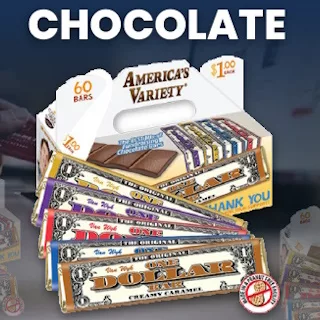
Chocolate and Candy Bars
A universally beloved choice, selling chocolates or candies is popular with kids to adults. These items are often low-cost and easy to carry around. Chocolate can be sold at school games and events without the need for pre-orders and delivery.

Holiday Items
Seasonal products make great sales fundraisers. People are looking for unique items to gift during the holidays. Some popular holiday sale items include cakes and goodies, frozen specialty foods, greeting cards and wrapping paper, candles, and fresh wreaths or centerpieces.

Pet Specialty Items
We all love our pets, so why not find ways to pamper them? Items like pet toys, customized collars and bandanas, or doggie treats can be a big hit for animal shelter fundraising.

Cause Boxes
Curated boxes filled with an assortment of items related to your cause can provide value while showcasing variety. These make great gifts, too.
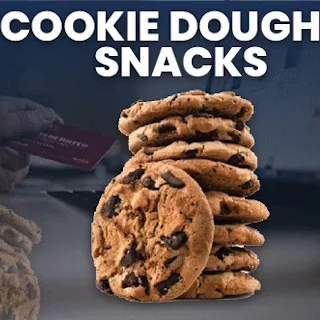
Frozen Cookie Dough
An irresistible choice for many, offering ready-to-bake cookie dough can appeal to families and individuals alike. This popular fundraiser has around a 50% profit margin, making it a good choice for many schools.

Pizza
It’s no surprise that many successful fundraisers involve pizza. Frozen pizzas make for a quick and convenient meal solution. Pizza kits can be sold, allowing families to make pizza at home, and pizza discount cards for take-away pizzas are all options that sell.
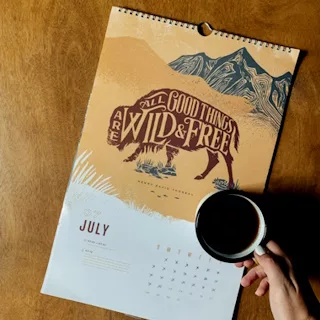
Calendars
Custom calendars are a great sales item as they offer year-round visibility for your cause, especially if they are themed around your organization and feature impactful imagery. These make great holiday gifts, so be sure to get them ready to go by November for the following year.

Popcorn
A beloved snack, selling gourmet popcorn caters to movie lovers and snack enthusiasts. Be sure to opt for unique flavors that are not easy to make at home. Some popular ideas include chocolate covered, spicy, cheesey, and various fruits.
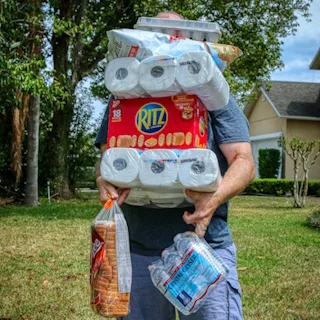
Essential Items
Think about everyday items people can’t do without—garbage bags, laundry detergent, and toilet paper. This is a good option if your target audience doesn’t have a lot of expendable income or has fundraising fatigue. Selling these products can ensure repeat customers and steady demand.

Used or Recycled Goods
Organizing sales for pre-owned items not only promotes sustainability but can also cater to budget-conscious supporters. While these types of sales campaigns require more work to organize, the goods are generally donated, allowing for 100% profit. Clothing or used books work well here.

Books and Educational Kits
Especially relevant for educational nonprofits and schools, offering education kits or books can provide value to parents and students. Organizations can opt for selling used book donations, making the book inventory free.
Types of Sales Programs
If your organization is working with a fundraising catalog company, there are generally two types of programs offered.
Order-Taker or Brochure Programs
With these programs, sellers take money for product sales up-front and deliver products later. Sales have no risk or up-front cost to the organization since items are ordered based on pre-sales, and no inventory is needed. This type of sales fundraising was previously called brochure fundraising but is now often managed on online platforms like DoJiggy.
Cash and Carry Programs
Nonprofits and individuals sell products directly with this type of sales fundraiser. They are given a certain number of items and asked to sell them or return the inventory. This system works well for low-cost things like candy bars or lollipops, but remember that you’ll likely need money up-front to cover inventory costs.
Set Sales Fundraising Goals

Before starting a sales fundraiser, setting clear and defined fundraising goals for your nonprofit campaign is crucial. Here’s why goal setting will help you reach your objectives:
- Direction and Focus: Setting a goal provides a clear target to aim for. It ensures that all efforts, from product selection to marketing, align towards achieving a shared objective.
- Motivation Boost: When you and your nonprofit team have a concrete number or target in mind, it serves as a motivational tool. Each sale gets you one step closer to that goal, driving enthusiasm and momentum.
- Measurement of Success: Without a defined goal, determining the success of your fundraiser can be challenging. Goals provide a metric to measure against, helping you evaluate the effectiveness of your strategy and efforts.
- Resource Allocation: By understanding what you hope to achieve, you can better allocate resources, be it in terms of finances, time, or manpower. This ensures efficient utilization and avoids wastage.
- Stakeholder Engagement: Clear goals can also help in communicating with stakeholders, donors, and supporters. When they know what you’re aiming for, they can better understand how their contribution makes a difference.
Market Your Sales Items

Now that you’ve decided what you want to sell, it’s time to figure out how you will sell it. To ensure your fundraising products reach a wide and receptive audience, adopt a diverse and targeted marketing strategy.
Here are some impactful ways to get the word out:
- On Social Media: Utilize platforms like Facebook, Instagram, and Twitter to showcase products, share stories, and engage with a larger audience. Engaging visuals and regular posts can amplify your reach.
- At Fundraising Events: Integrate sales pitches into live or virtual events. A booth or dedicated segment allows attendees to directly engage with and purchase your products.
- Via Your Website and an Online Store: Enhance your nonprofit’s website with a dedicated section for sales items. An intuitive and user-friendly online store encourages supporters to browse and buy at their convenience.
- Flyers: Design eye-catching flyers with clear visuals of your products. Distribute them in local communities, at schools, or local establishments to reach a broader offline audience.
- Newsletters: Regular newsletters, either digital or printed, can update supporters on new products, share success stories, and highlight special offers, driving consistent engagement and sales.
Run Your Sales Fundraiser Online with DoJiggy
Style your online store with a unique URL, your logo, images, and custom content. It’s easy and free.
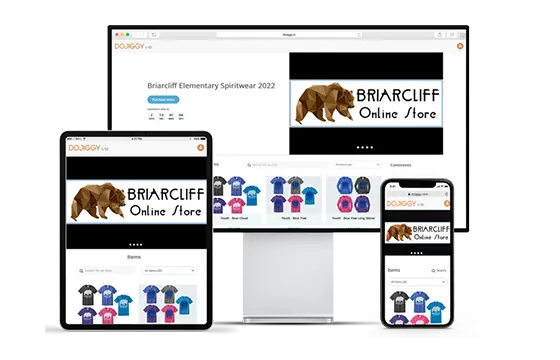
Pro Tips for Maximizing Your Sales Fundraiser’s Success
Once you’ve chosen the type of sales fundraiser, your next step is to ensure its success. Here are some proven tips to maximize the impact of your event and achieve your fundraising goals:
- Promotion is Key: Harness the power of online and offline channels to create buzz around your sales fundraiser. Social media, local newspapers, community boards—leave no stone unturned.
- Engage Volunteers: An enthusiastic team of volunteers can be your biggest asset. They not only help with the setup and operation of your fundraiser but can also act as ambassadors for your cause, spreading awareness and garnering support.
- Narrate Your Story: People connect with stories more than facts. Ensure your cause’s story is evident in every aspect of the sales fundraiser. This will not only build an emotional connection but will also inspire people to donate generously.
- Offer Variety: The more variety, the broader the appeal. From the products you’re selling to the payment methods you accept, variety can attract a wider audience.
- Make It Easy to Buy: Integrate your online store into your website, making it easy for visitors to make purchases. Offer mobile payment options to make it easy to buy online.
- Feedback and Gratitude: Encourage participants to provide feedback on their experience. And remember, a simple thank you can go a long way. Expressing gratitude to each participant, volunteer, and buyer nurtures relationships for future events.
Last Thoughts on Sales Fundraising
Sales Fundraisers are more than just a fundraising strategy; they are a platform for your community to unite and contribute towards a shared cause. They allow you to connect with your community, share your story, and collectively make a difference. Remember, success is not just measured by the funds raised but by the relationships built and the hearts touched. So, start planning your sales fundraiser today and create a wave of change.

![16 Best Fundraising Platforms for Nonprofits [2024] 16 Best Fundraising Platforms for Nonprofits [2024]](https://www.dojiggy.com/files/sites/164/2022/07/best-fundraising-platforms-for-organizations-1-425x264.webp)

